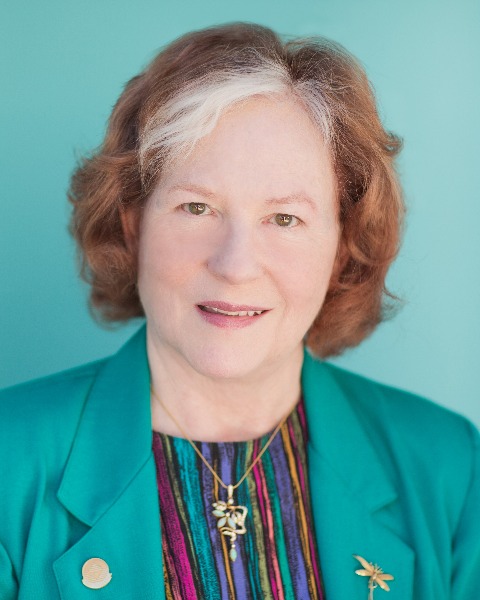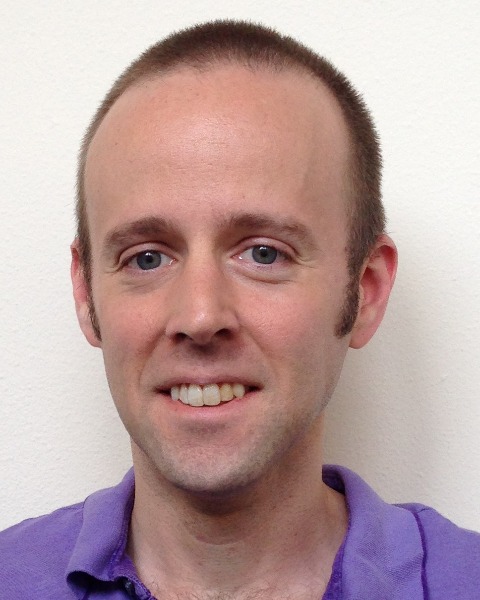Back
Platform
INDU
Session : Clean Energy Technologies: Issues, Case Studies and a Path to Net-Zero Goals
1174114 - Permitting Case Study of Introducing Blended Hydrogen and Natural Gas Fuel for Power Generation
Tuesday, June 28, 2022
4:00pm – 4:20pm PT
Location: Seacliff A

Sara J. Head, QEP
Principal Scientist
Yorke Engineering, LLC
Ventura, CA- GW
Greg Wolffe, CPP
Principal Scientist
Yorke Engineering, LLC
Diamond Bar, California 
James Adams, MSChemE, CPP, CAPP
Senior Engineer
Yorke Engineering, LLC
Primary Author(s)
Co-Author(s)
California adopted Senate Bill (SB) 100, “The 100 Percent Clean Energy Act of 2018,” in September 2018. As noted in SB 100, the goal of the regulation is to extend and expand policies related to increased use of renewable energy and reduction of greenhouse gas (GHG) emissions established pursuant to the California Renewables Portfolio Standard Program. Specifically, it calls upon the California Public Utilities Commission (CPUC), California Energy Commission (CEC), and California Air Resources Board (CARB) to plan for 100% of total retail sales of electricity in California to come from eligible renewable energy resources and zero-carbon resources by December 31, 2045.
In March 2021, San Diego Gas & Electric Company (SDG&E) solidified its sustainability commitment by pledging to reach net-zero GHG emissions by 2045. SDG&E is undertaking a GHG study to provide options for achieving net-zero emissions by 2045 and to develop a decarbonization roadmap that maintains resiliency and reliability. One of the primary options to meet these goals is the use of hydrogen as fuel in power generation rather than fossil fuels, such as natural gas.
SDG&E currently operates the Palomar Energy Center (PEC), an approximately 588-megawatt (MW) combined-cycle power plant, that began commercial operation in April 2006 in Escondido, CA. The PEC includes operation of two natural gas-fired combustion turbine generators (CTGs) and a steam turbine generator. SDG&E is planning to implement one of its initial clean energy projects at the PEC as part of SDG&E’s objectives to move toward a 100% renewable and net-zero carbon-free future. The Palomar Hydrogen Project will include the production of hydrogen using electrolyzer technology on-site, installation of up to 300 kilovolts of photovoltaic solar panels, and the blending of the hydrogen (at an initial pilot scale) with the natural gas fuel in the CTGs.
Yorke Engineering staff have been working with SDG&E to obtain the permits and approvals needed for this project. Several regulatory agencies are involved in the permitting of the Palomar Hydrogen Project, including the CEC, San Diego County Air Pollution Control District, and United States Environmental Protection Agency. This presentation will feature a case study of the permitting of one of the first existing power plants to implement hydrogen fuel blending. The approaches and solutions for meeting the requirements of the regulatory agencies will be discussed.
In March 2021, San Diego Gas & Electric Company (SDG&E) solidified its sustainability commitment by pledging to reach net-zero GHG emissions by 2045. SDG&E is undertaking a GHG study to provide options for achieving net-zero emissions by 2045 and to develop a decarbonization roadmap that maintains resiliency and reliability. One of the primary options to meet these goals is the use of hydrogen as fuel in power generation rather than fossil fuels, such as natural gas.
SDG&E currently operates the Palomar Energy Center (PEC), an approximately 588-megawatt (MW) combined-cycle power plant, that began commercial operation in April 2006 in Escondido, CA. The PEC includes operation of two natural gas-fired combustion turbine generators (CTGs) and a steam turbine generator. SDG&E is planning to implement one of its initial clean energy projects at the PEC as part of SDG&E’s objectives to move toward a 100% renewable and net-zero carbon-free future. The Palomar Hydrogen Project will include the production of hydrogen using electrolyzer technology on-site, installation of up to 300 kilovolts of photovoltaic solar panels, and the blending of the hydrogen (at an initial pilot scale) with the natural gas fuel in the CTGs.
Yorke Engineering staff have been working with SDG&E to obtain the permits and approvals needed for this project. Several regulatory agencies are involved in the permitting of the Palomar Hydrogen Project, including the CEC, San Diego County Air Pollution Control District, and United States Environmental Protection Agency. This presentation will feature a case study of the permitting of one of the first existing power plants to implement hydrogen fuel blending. The approaches and solutions for meeting the requirements of the regulatory agencies will be discussed.

.jpg)
